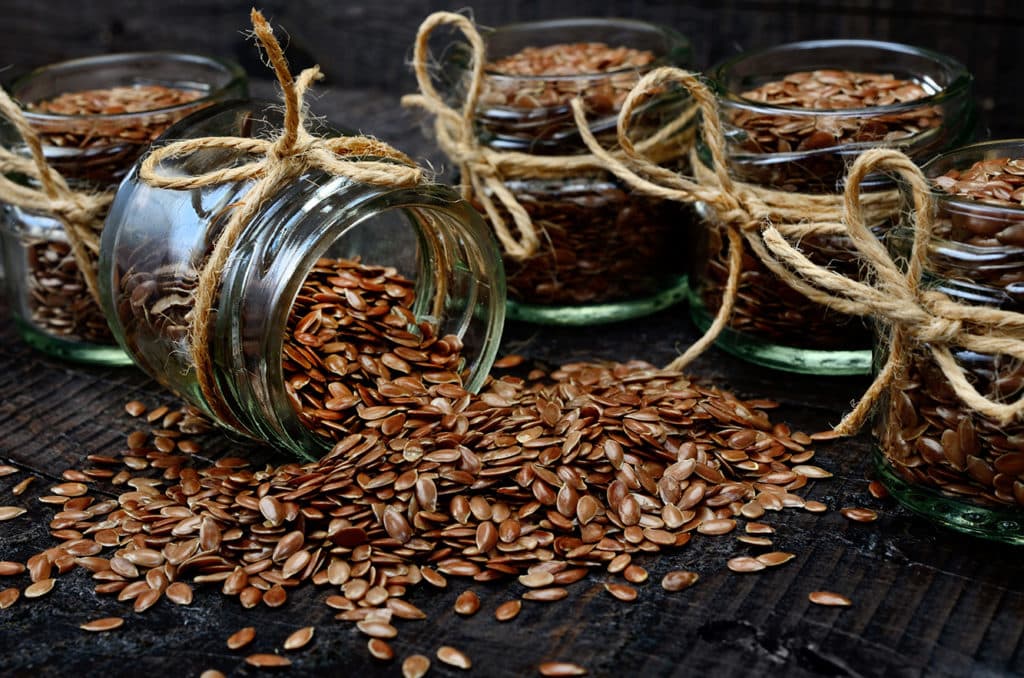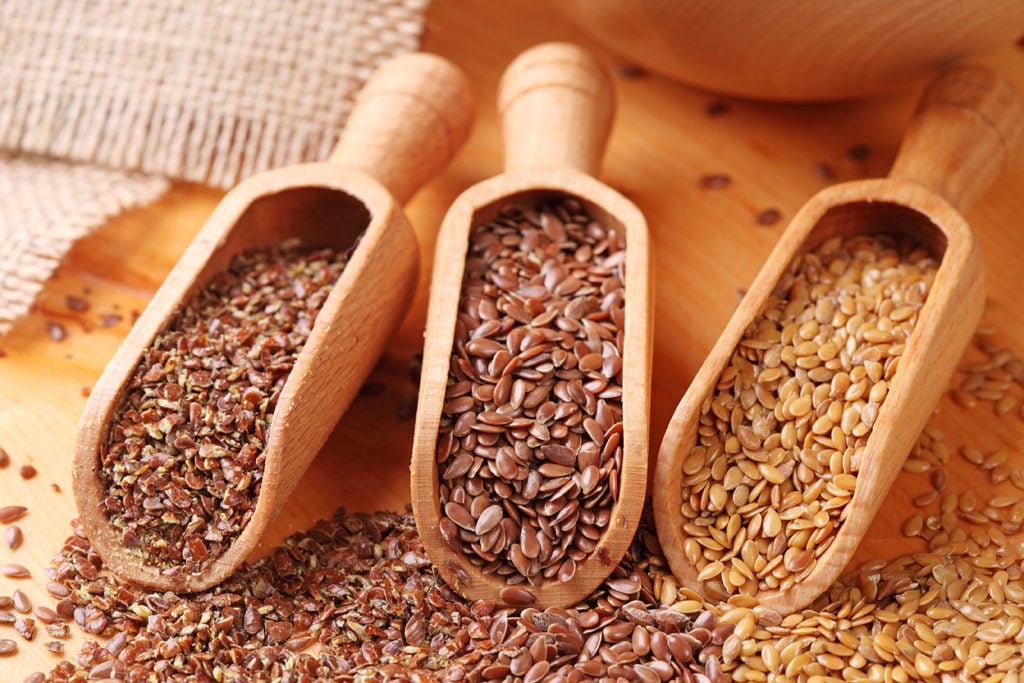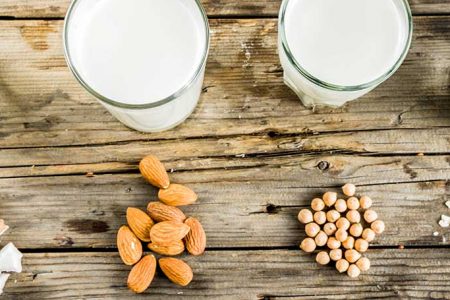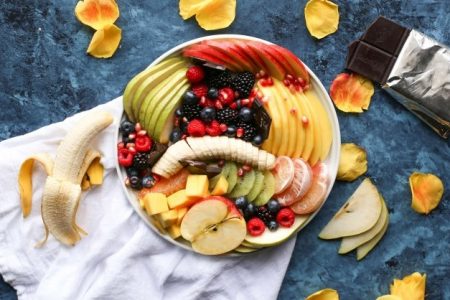Easily added to breads, salads, and smoothies, flaxseeds kick up the nutritional value of any dish. Grind them in a clean coffee grinder and sprinkle with satisfaction, knowing that you are feeding your brain with essential alpha-linolenic and Omega-3 fatty acids. Yum!

Flaxseeds
Flax was one of the earliest domesticated crops, and this flowering plant has long been used to produce fibers for rope and fine cloth. While the seeds have been consumed since ancient times, today we know much more about the outstanding nutrition they provide. Rich in phytochemicals, fiber, healthy fats, and protein, flaxseeds are also plentiful in minerals and vitamins. These include copper, manganese, magnesium, phosphorus, potassium, and zinc along with B vitamins, vitamin E, and folate.
Flaxseeds contain great quantities of lignans, which are phytochemicals that can provide protection from hormone-dependent cancers, such as breast and prostate cancer. Flaxseeds can also help relieve the symptoms associated with menopause.
In addition to being powerful antioxidants, lignans provide water-soluble fiber that promotes a healthy gastrointestinal tract. Many people use flaxseeds to alleviate constipation and improve regularity. However, because flaxseeds have the potential to trigger gastrointestinal symptoms, such as bloating, it’s best to incorporate them into your diet slowly, gradually increasing the amount over time.
The healthy fats in flaxseeds are Omega-3 fatty acids, especially alpha-linolenic acid. Omega-3 fatty acids are essential for heart health because they decrease blood pressure, inflammation, and oxidative stress. They also play crucial roles in brain function and normal growth and development. Because the body is unable to make Omega-3 fatty acids, we must obtain them from food.

Flaxseeds, which can be gold or brown, are generally sold whole or ground. Whole flaxseeds are difficult to digest, so grind them before use to get the full nutritional benefits. Whole flaxseeds are protected by hard shells, so they have a much longer shelf life than ground flaxseeds, which can become rancid when the delicate oils they contain are exposed to oxygen. Therefore, you may want to purchase whole seeds and grind small amounts at a time (perhaps a one-week supply). The best way to grind flaxseeds is in a coffee grinder that’s used only for flaxseeds (otherwise, the ground seeds will taste like coffee) or in a blender.
While whole flaxseeds are best stored in the freezer, a small amount of ground flaxseeds will keep for several days in a tightly sealed container in the refrigerator. The ground flaxseeds are then ready to be added to smoothies, cereals, or salads. They can also be used in baked goods, such as breads and cookies. Although the Omega-3 fatty acids in flaxseeds are sensitive to heat, the interior temperatures of most baked goods are not high enough to damage these fats.
Reprinted from Superfoods: Nature’s Top Ten by Myrna Chandler Goldstein, MA and Mark Allan Goldstein, MD (Summertown, Tennessee: Books Alive, 2014): pp 14-15. www.bookpubco.com







